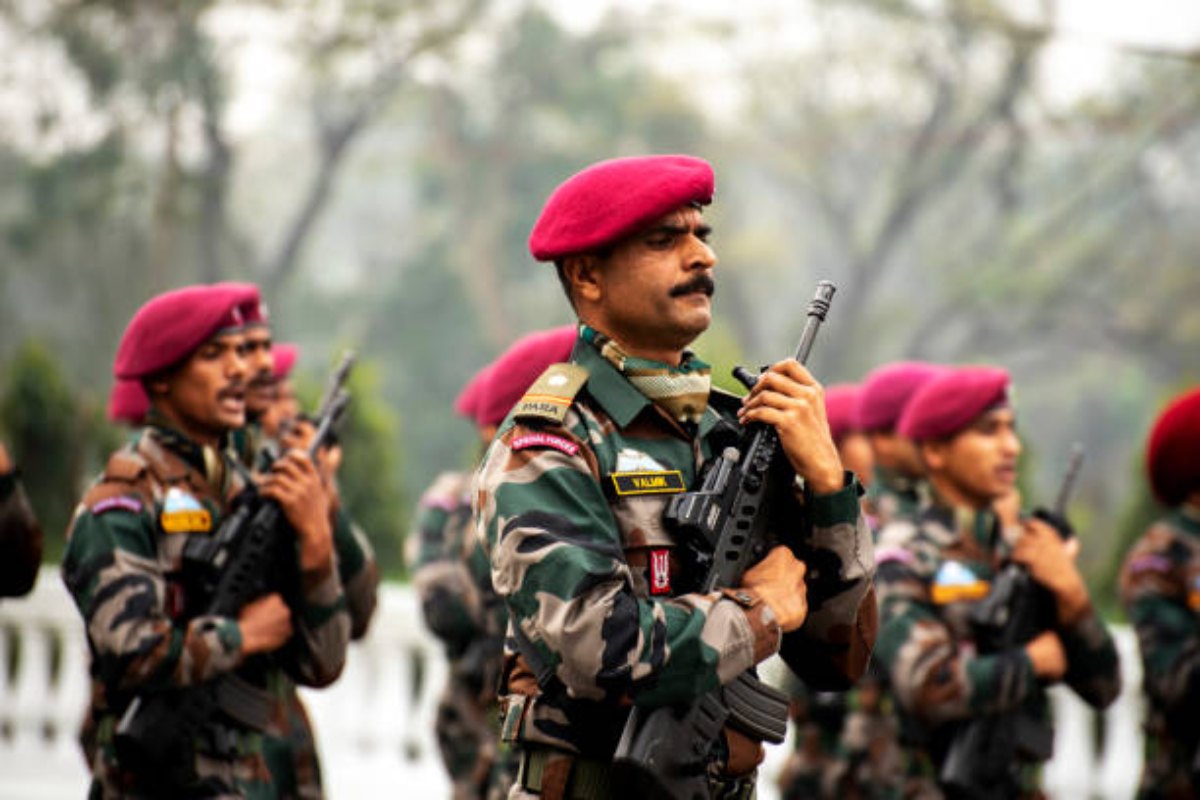Amid the chaos in the current session of Parliament, the passage of one of the most significant Bills in Indian military history went almost unnoticed. The Inter-Services Organisations (Command, Control and Discipline) Bill, 2023, sets the stage for upping the pace for establishing a theatre-based command and control architecture for the Indian armed forces by allowing the creation of inter-services organisations. Currently, India’s armed forces ~ Army, Air Force and Navy ~ operate as independent (critics term them “insular and silo-like”) organisational structures. The forces are governed by three distinct Services Acts ~ The Army Act, 1950, The Air Force Act, 1950 and The Navy Act, 1957. After the enactment of the new Bill, officers commanding organisations that combine service personnel from the three forces shall have the power to administer and discipline personnel from other services.
While integration of the armed forces is the stated goal of the legislation, the establishment of theatre commands would be the next logical step though Defence Minister Rajnath Singh clarified that any talk of it is premature at this stage. India’s armed forces till recently functioned through a network of 17 servicespecific commands, seven each from the Army and Air Force and three from the Navy, with the work of synthesising inputs and coordinating actions being the responsibility of the Ministry of Defence (MoD). But in a world in the midst of flux, and the rise of India’s northern neighbour, China, as a coercive major power, the need to establish theatre commands has long been advocated by military experts. The People’s Liberation Army (PLA), incidentally, has a single command for the entirety of the 3,500-kilometre Indo-China border; India operates out of seven.
Advertisement
A theatre command would unify the three forces across a geographical area and its commanding officer would be empowered to draw upon tri-service resources. This is not to say that there hasn’t been cooperation between India’s armed forces. The National Defence Academy, which trains officers for all three services, was one of the first triservice academies in the world. The armed forces medical establishment, too, has been largely integrated since its inception. Additionally, the forces have built an educational infrastructure wherein officers at various stages of their careers work with each other. But in operational terms, coordination between the forces has hitherto been in the main restricted to specific military tasks. India’s first tri-services command, the Andaman and Nicobar Command, came up in 2001, and in 2003 the Strategic Forces Command was set up to manage the country’s nuclear arsenal. But this was followed by over a decade of the de-prioritisation of armed forces restructuring and integration. It was only after 2016 that the Union Government created the Department of Military Affairs and tasked it with looking for synergies between the forces. The Chief of Defence Staff (CDS) post was created. General Bipin Rawat, India’s first CDS, took on the task of accelerating the ‘theaterisation’ of the military with widely admired attention to detail and strategic nous. He proposed a military structure comprising up to five theatres and publicly said the task could be achieved within three years. His death in a helicopter crash in December 2021 hit the reform process. The new Bill will hopefully resurrect it.









